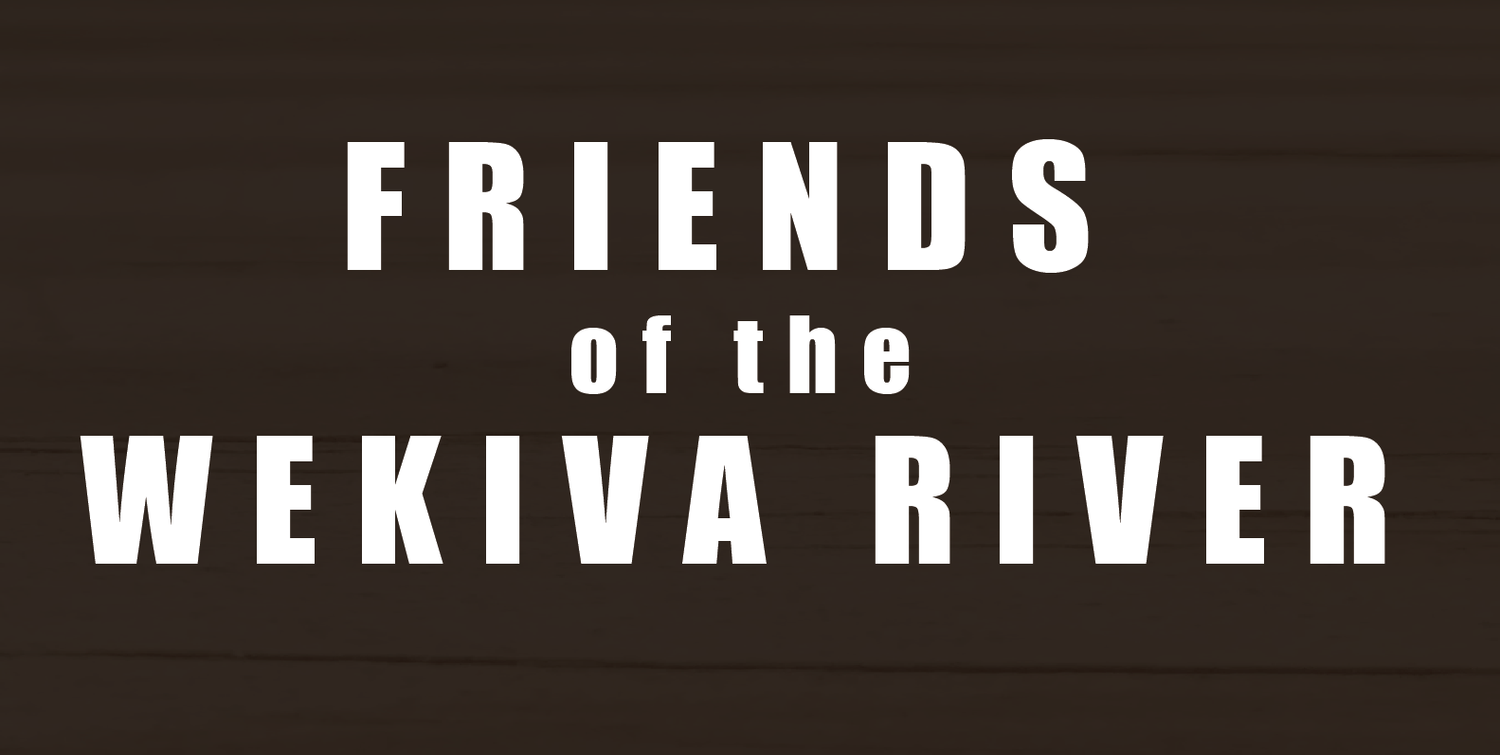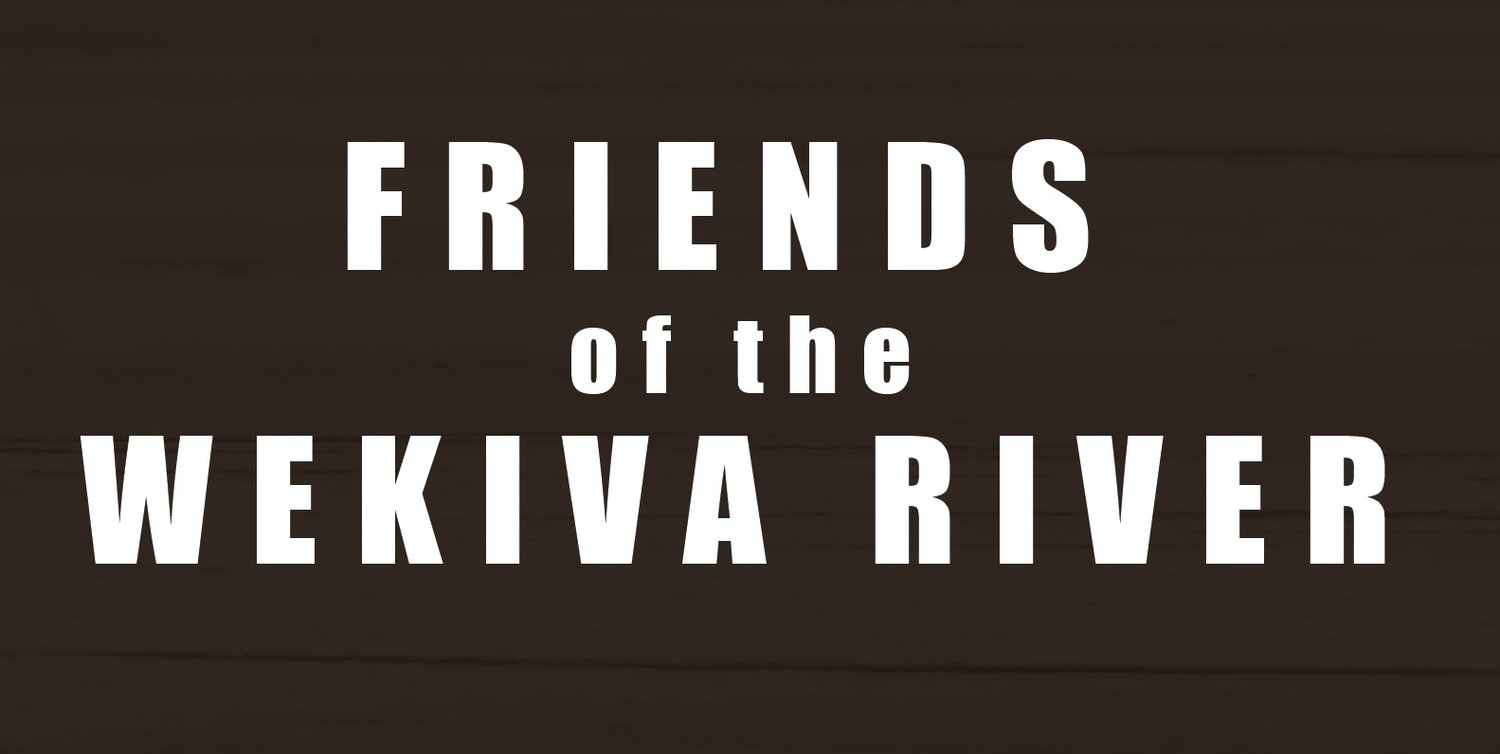Deer & Buttonbush - Critter Comics by Michelle J.
White-tailed Deer-
Odocoileus virginianus
An iconic American symbol, from all the Americas. They can be found everywhere! Deserts, forests, farmlands, rainforests, mountains, prairies, swamps, suburban and urban areas in Canada, the United States, Central and South America. Pretty much anywhere there’s enough food and shelter. They’re generalists and not super picky. There might even be one in your kitchen right now.
White-tailed deer have white tails. White fur under their tails anyway. Which they raise like an alarm flag to alert other deer of certain death. They read the body language of other deer better than some humans read other humans. Some humans never get the hint. If a deer doesn’t get the hint, it’s probably dead. The deer steaks are high. And tasty according to bears, coyotes, jaguars, wolves, panthers and humans.
They also communicate with each other by bleats, snorts and grunts. They use scent marking too, by rubbing their many glands or peeing on trees and stuff. They are classy that way.
They often run and graze in same-sex groups. Bachelor parties of eager-to-impress males get together especially in the fall when it’s time to impress the deer ladies with the size of their antlers. Antlers are made of bone and keratin like our hair and fingernails. Males start growing them at just a few months old and get larger after each successful breeding season. They spar and show each other up until all the available females are knocked up. That signals a drop in testosterone which makes their antlers drop to the floor too. Bucks regrow, spar and shed their antlers each year.
Does are pregnant for 6.5 months. Fawns are born in the Spring, can walk from birth and at just a few days old start nibbling on vegetation. First time moms usually give birth to 1 fawn but in subsequent years in good habitat, they have twins. Moms leave their fawns hidden in vegetation for the first several weeks while they wander off to eat. The fawns are safer that way. They have no scent and white spots help keep them camouflaged. (Plus, absence makes the heart grow fawn-der.) When big enough, they start following mom around and learn how to be a deer. When they turn 1, young males leave mom, often to join a bachelor group. Females tend doe stick around though.
White-tailed deer have a great sense of smell. Humans have 5 million olfactory receptors, deer have 300 million, 60x stronger than ours! Their eyes aren’t great though. They're crepuscular animals - meaning they’re active and feeding mostly at dawn and dusk, so their eyes evolved to be pretty limited in bright light. Partially explains the whole deer in headlights thing. They’re also mostly color blind. Red, green…orange… it’s all gray to them.
They are amazing athletes! They can jump over 8ft tall fences, jump 30ft horizontally, sprint up to 40 mph and swim at 13 mph. Pretty impressive. True athletes from head to doe. But that kind of athleticism is usually only seen after a paranoid deer waves the white tail alarm.
They have a 4 chambered stomach. Like goats, cows, sheep, giraffes and llamas. They can digest their food quickly, absorb nutrients, produce energy and keep moving. Sometimes they only partially chew or swallow their food whole but then cough it up later for something to chew on. Kinda like an internal doggy bag of leftover food for later. They’re mostly herbivorous, eating leaves, shrubs, twigs, bark, fruit, nuts, fungi, lichens, and acorns but sometimes they opportunistically eat mice and birds, cheating on their organic vegan diet. It is unknown if they like coffee, but if they do, Star-bucks is probably their top choice.
They eat a lot. And when their population is out of balance with natural predators the rest of the ecosystem gets out of balance too. An uncontrolled deer population can over-eat their most nutritious food items and impact the habitat they depend on, throwing the whole circle out of whack. Oh deer. For real doe, despite what deer may think, predators are good and important.
They have modern problems too. There may not be many predators around anymore, but plenty of deer die in other ways. Like being shot by hunters, getting hit by cars, entangled in fences, drowning in pools and eating poisonous non-native ornamental plants and pesticides. Residue from pesticides can slow down deer conception and fetal development and even cause death in fawns. They also host 120 different diseases, infections and parasites. Just like us, when paired with malnutrition or stress all the above can be trouble. Sometimes we all are really just holding on to deer life.
Deer are majestic. And beautiful and cool and magical to see. We love them deer-ly! When they’re not running out in front of our cars or eating our ecosystems out of balance. But when nature has support and a chance to return back to established norms, everyone wins. Plants, predators, proud buck deer with their large antlers and humans. Then we can live happily ever after with our deer-est friends.
Buttonbush-
Common Buttonbush, Button Ball, Button Willow, Cephalanthus occidentalis
The Buttonbush is a long-lived perennial, deciduous shrub that fastens both adorableness and wildlife attractiveness together. Native to Florida, the Eastern US, Canada, Cuba, Mexico and Central America, it's known for its aromatic flowers which humans find adorable and pollinators find irresistible. It’s so great that many say, “Oh, buttonbush, there is button like you.”
Buttonbush loves wet soil and can be found near the sunny edges of wetlands, swamps, lakes, rivers, streams, ponds and sometimes in the ditches outside Florida Walmarts. Even in parking lot ditches the buttonbush provides food and shelter for wildlife. Butterflies, bees and hummingbirds love the flower's nectar. Ducks, jays, cardinals, mockingbirds, nuthatches, titmice, warblers, and other birds eat the seeds. Deer eat the foliage. And tons of wildlife nest or find shelter in the shrub. Even homeless humans. Which is true despite it being a hot-button issue.
Buttonbush flowers aren’t just one flower but dozens of small, white, beautifully fragrant flowers! Clustered densely together in a gumball to golf ball-sized sphere. Each tiny flower grows a yellow-tipped pistil, sticking out long and thin enough to make them look like little, puffball, pincushions, hanging like ornaments on a tree. Cute as a button.
Each flower eventually turns into a smaller, ball-shaped, brown fruit that eventually splits into nutlets. Each stage provides food for wildlife. The leaves are arranged opposite each other along the stem, are dark green with a pointy tip and as shiny as a ‘buy now’ button.
They are in the Rubiaceae family alongside rubber trees, gardenias, kratom and coffee. Native Americans and early settlers used different parts of the buttonbush to treat toothaches, muscle inflammation, arthritis, constipation, jaundice, urinary and menstrual problems, stomach aches, diarrhea, headaches and fever. They even used it as an eyewash! But that was before they realized the side effects were worse than the original ailment. Buttonbush is toxic to livestock, pets and humans. It contains cephalathin, a poison that when ingested can cause vomiting, paralysis, convulsions and even death. So it’s not recommended. If you already dropped some buttonbush juice in your eye it is time to press the panic button.
Despite the whole toxic thing, buttonbush can be an excellent, low maintenance and beautiful choice for your landscaping. If it can grow in the ditch of a Walmart, you can grow it in your backyard pond. It has no significant pest or disease issues and is easy to care for being a native plant! It’s almost as easy as pushing a button. Cheers to the awesome buttonbush!



